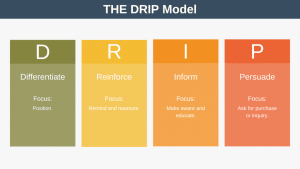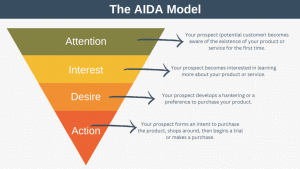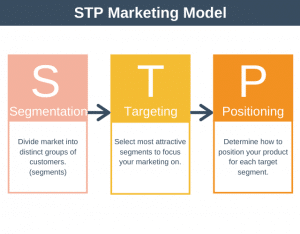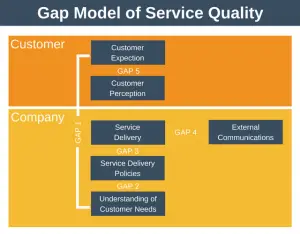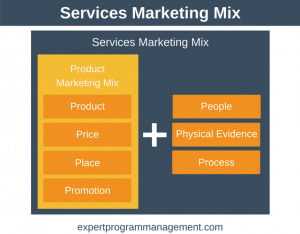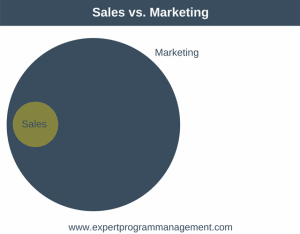StoryBrand is a framework to help your business communicate clearly with potential customers, created by Donald Miller, an author, public speaker, and business owner.
In a crowded marketplace, most businesses are being ignored. StoryBrand says that this is because they aren’t communicating clearly. Lack of clarity means not only that your customers don’t know what you do and what you stand for but that your salespeople don’t know how to differentiate your products in the marketplace.
The StoryBrand 7-Park framework aims to fix this problem. Once you have implemented the framework, you’ll be seen, heard, and understood in the marketplace.
The StoryBrand BrandScript framework is based on the principles of storytelling.
What You’ll Learn
At the end of this article, you’ll be able to create marketing material that positions you uniquely in the marketplace, connects more deeply with your customers, and ultimately increases revenue. You’ll know how to apply StoryBrand to all marketing material, including:
- Websites.
- Email campaigns.
- Your physical place of business.
- Your talks and keynote speeches.
- Promotional videos.
- Staff training materials.
- Your product packaging.
The Big Picture: The StoryBrand Framework
The underlying premise of the framework and something to keep in mind as you develop your SortyBrand is, “If you confuse, you lose.”
Let’s jump in and take a brief look at the seven elements that make up the StoryBrand framework.

- A Character: In StoryBrand, your story starts when the hero (a character) wants something. Your customer is the hero, not you or your brand.
- With a Problem: A story starts to get interesting when the main character encounters a problem. In StoryBrand, by defining your customer’s problem clearly, you cause them to move towards you.
- Meets a Guide: In a typical story, the main character can’t just sort out their problem; otherwise, they’d have never gotten into their predicament in the first place. They are looking for a guide to help them.
- Who Gives Them a Plan: The plan makes it easy for customers to see how to work with you by showing them the baby steps they can take to work with you.
- And Calls them to Action: Customers need to be called to action. If you don’t make it crystal clear what you want them to do, they won’t take action.
- That Helps Them Avoid Failure: Every human is motivated to avoid failure, so you must define and articulate what they could lose if they don’t take action (take action = engage your business in some way).
- And Ends In Success: You need to clearly define what your customer’s life will look like if they engage with your brand.
These seven steps are the exact same ones used in countless stories and movies. For example, in Star Wars, Luke needs to defeat the evil Empire by becoming a Jedi. But how? Fortunately, he meets a guide, Yoda. Yoda presents him with the steps and training to become a Jedi and defeat the Empire. If he fails, his friends die. If he wins, the Empire is defeated.

The One-Page BrandScript
The image below shows a One-Page BrandScript template.

Let’s walk through each of the seven steps so you can fill it in, thus creating new and effective messaging for your brand. Then, we’ll look at how to apply your BrandScript to your marketing materials.
Before we begin, remember that stories are at their best when they are simple. For this reason, avoid adding too much information to your BrandScript.
As we run through this section, don’t worry if it seems a little abstract; it will become much clearer when we bring it to life with an example.
1. A Character
Here, you write down what your customer wants. Limit yourself to just writing one thing. Yes, you might offer 200 products, but remember that you’ll lose your reader if you try to talk about too many wants.
By articulating what the hero of your story wants, you introduce a story question in your customer’s mind: can this brand really help me get what I want?
When you identify something your customer wants and communicate it simply, the story you’re inviting them into is given definition and direction.
Too many businesses try to speak with too many audiences because they are afraid of missing out. If you do this, your message will become diluted. Choose your best or favorite customer and write everything directly to that one customer.
2. With a Problem
Now that you’ve entered into your customer’s story, how do you increase their interest in your brand? You start talking about the problems your customer faces.
In this section of BrandScript, you write down the external, internal, and philosophical problems hindering your customer, defined as follows:
- External problem: a problem outside the control of your customer.
- Internal problem: how the external problem makes them feel.
- Philosophical problem: why is it fundamentally wrong that they are having to deal with this problem?
While it’s fine to solve multiple problems for customers, your marketing should focus on one main problem. Talking about too many problems creates confusion and it dilutes the power of your message.
3. Meets a Guide
Step 3 is the first point in the BrandScript in which you talk about your brand. There are two characteristics of a guide: that they empathize with your customer’s situation and that they have the authority (ability) to help.
Here, you write down how you can empathize with what your customer is feeling. You also write down your authority: testimonials, awards, statistics, etc., that show you can help them.
4. Who Gives Them a Plan
In this section, you write down how easy it is to do business with you. StoryBrand recommends you write this as a simple three-step process. For example:
- Schedule a call -> get a customized plan -> Let’s execute it together.
- Download our software -> Try for free -> Enjoy stress-free financial reports.
5. And Calls Them to Action
In this section, you write your primary call-to-action and your transitional call-to-action.
Your primary call to action should be how you ask for a sale, for example, “Buy Now.”
Your transitional call to action works when your customer isn’t ready to buy immediately. Just because they aren’t prepared to buy right now doesn’t mean the story or the relationship should end. Transitional calls to action contain less risk than direct calls to action and usually offer something for free, for example, “Download a Case Study” or “Try Our Software For Free.”
6. That Helps Them Avoid Failure
In this section, you should articulate what failure will befall the customer if they don’t choose to do business with you. What are you helping customers to avoid? What are the stakes?
It’s important only to state one or two negative consequences; if you overdo it, you’ll repel potential customers.
7. And Ends In Success
Never assume that potential customers understand how your brand can change their lives. Tell them!
Write down what your customer will experience after doing business with you.
8. Transformation
The final section is for you to write down the transformation your customers will have gone through once they’ve done business with you.
Here, you write down what their status, average day, or how they felt was like before the transformation and how it is after the transformation.
StoryBrand Example
Let’s create a BrandScript for a real-world business. In this case, we’re going to look at an orthodontist business.
Here’s what their BrandScript might look like:
A Character:
- A parent. They want their child’s teeth put right.
With a Problem:
- External: Their child’s teeth need work.
- Internal: They want their child to have more confidence, to get more opportunities in life, and to be more successful.
- Philosophical: Everyone deserves the best start in life.
Meets a Guide:
- Empathy: As a parent, I know how heartbreaking it is when kids have to hide their smiles.
- Authority: Testimonials from our happy clients.
Who Gives Them a Plan:
- Schedule an appointment.
- Get a customized plan.
- See your child’s confidence grow.
And Calls them to Action:
- Direct: Schedule an appointment.
- Indirect: Download testimonials.
That Helps Them Avoid Failure:
- The text implies that if they don’t take action, they will go through life with less confidence and be less successful.
And Ends In Success:
- More confidence.
- More connections.
- More opportunities.
Notice how you don’t show the different procedures or prices offered. We keep our communication simple and focused on the transformation.
Now let’s look at a website for this BrandScript, starksmiles.com. Not all of the website is visible in the image below, so please visit starksmiles.com to see for yourself.

So, how does this website reflect the BrandScript we’ve created? Well:
- The headline is written in a very character-driven fashion.
- The call to action is above the fold.
- The images used show a successful outcome. They also show the orthodontist’s office as a friendly place, which helps alleviate some of the fear of visiting an orthodontist.
- The benefits of more confidence, connections, and opportunities are clearly highlighted.
- The empathy is displayed in the “Meet Your Orthodontist” section.
- The three-step process is displayed.
- Authority is shown through testimonials.
- Finally, the transformation is described at the bottom of the homepage with a final call to action.
Ultimately, this website is a clear communication of this business’s BransScript.
Applying StoryBrand In Real Life
We’ve just looked at an example of how to apply the StoryBrand BrandScript to a website, which should help you apply it to your own website.
But StoryBrand BransScript isn’t just useful for positioning your website; you can use it in all your marketing materials, such as:
- Email campaigns.
- Your physical place of business.
- Your talks and keynotes.
- Promotional videos.
- With your team.
- Your product packaging.
Below you’ll find the checklists you need to help you apply StoryBrand to all aspects of your marketing.
StoryBrand Checklist: Website

StoryBrand Checklist: Email

StoryBrand Checklist: Place of Business

StoryBrand Checklist: Speech
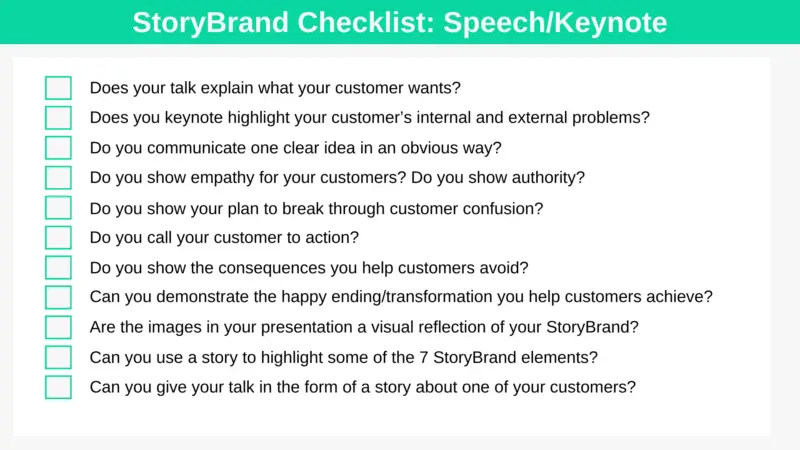
StoryBrand Checklist: Promotional Videos
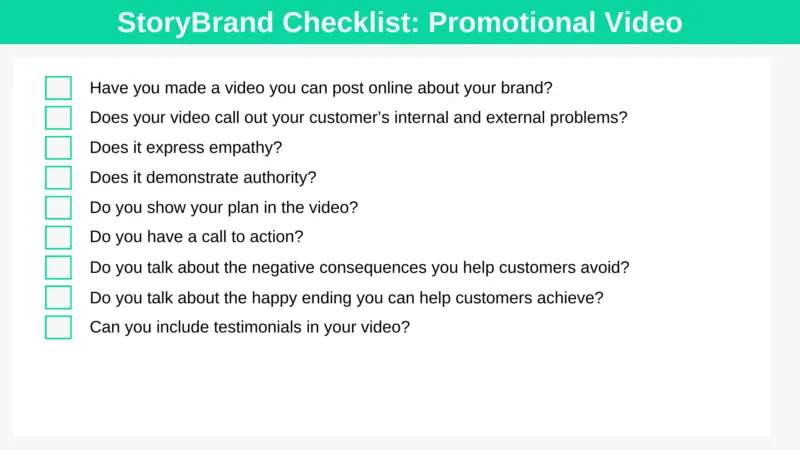
StoryBrand Checklist: With Your Team
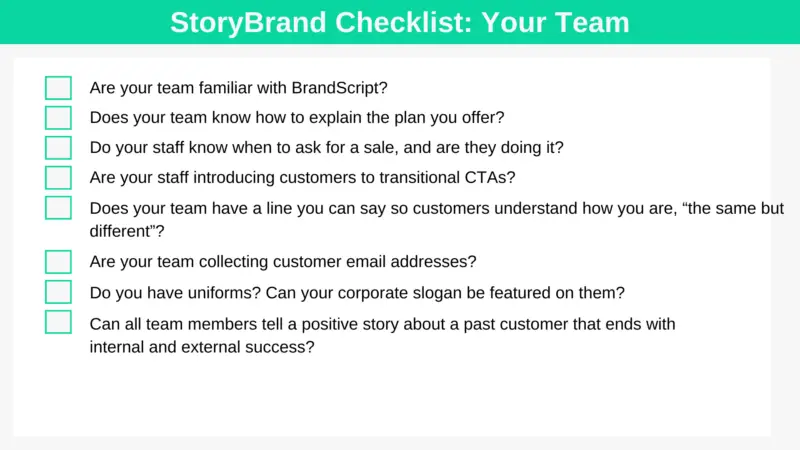
StoryBrand Checklist: Product Packaging
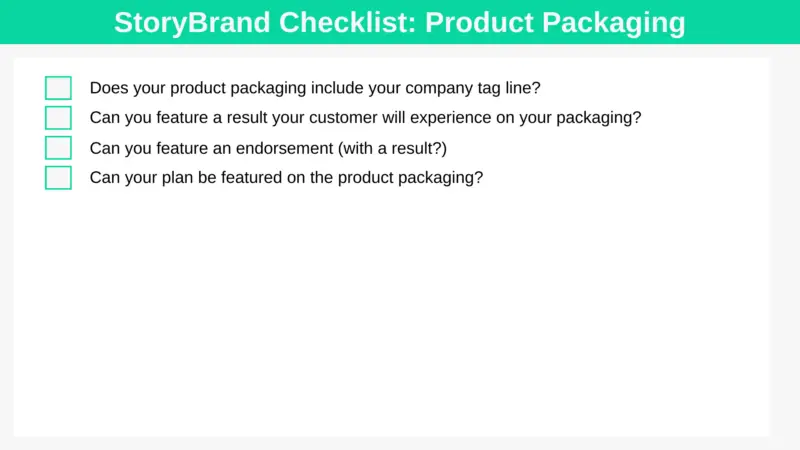
StoryBrand BrandScript Template
If you’d like to create your own StoryBrand BrandScript, you can download the template below here.

Our Take
You can think of a StoryBrand as a recipe for clear communication with potential customers.
To get the most out of StoryBrand, ensure that you:
- Take the time to create a very focused and clear BrandScript.
- Ensure it is embedded within all your marketing materials and staff training.
All in all, using and implementing a StoryBrand BrandScript provides clear and easy steps to communicate with your customers in a straightforward yet profound way, making it more likely for you to stand out in the marketplace and for them to want to do business with you.
